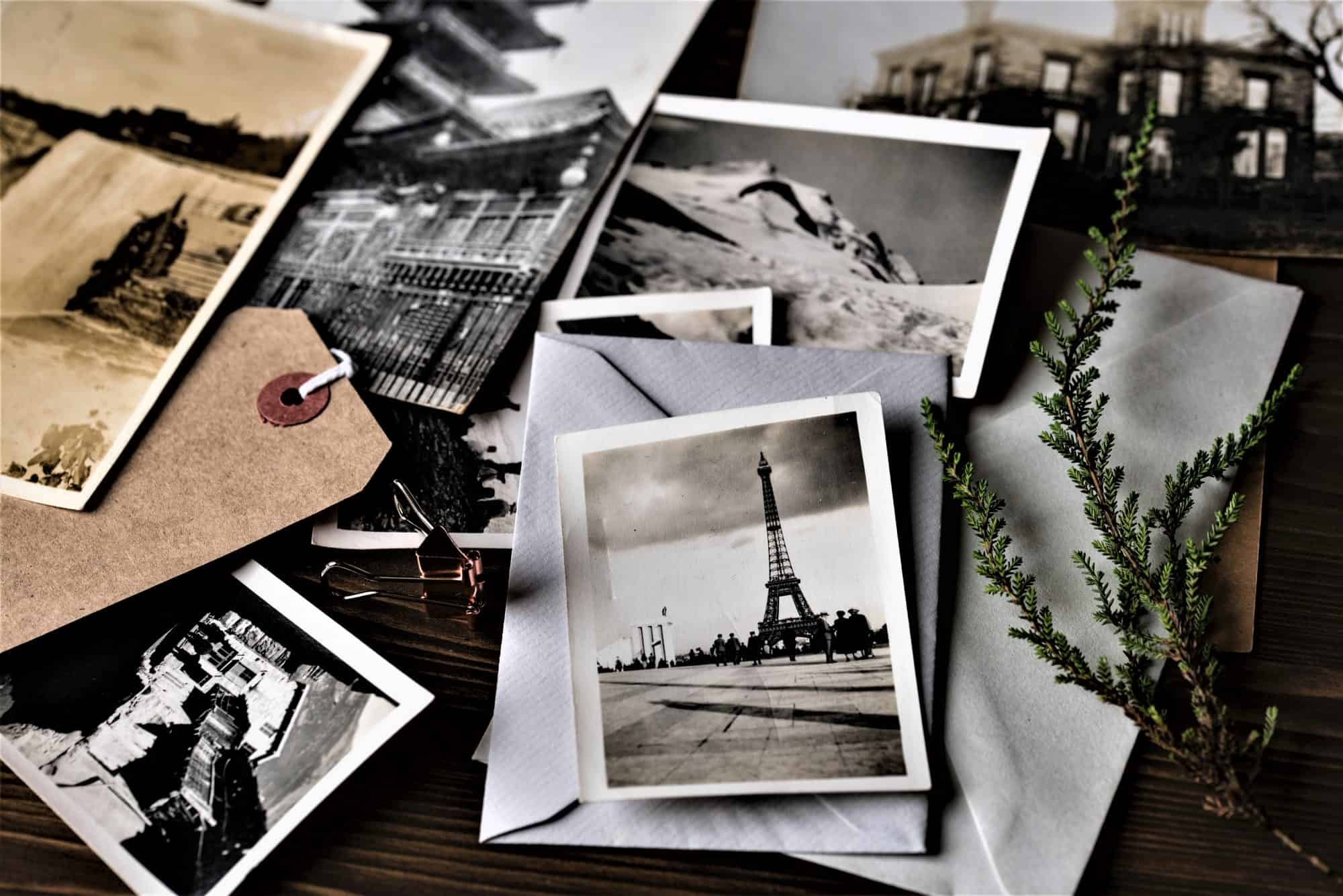Culture Wars
The violence in the streets of Hong Kong is not without precedence. In decades past, the city was rocked by street violence that makes the on-going protests look like child’s play in comparison.
In This Post
Crime in Hong Kong
Hong Kong has one of the world’s lowest violent crime rates, and the city often tops the list of major cities with the lowest per capita murder rate in the world. Gun control laws are strict, and gun violence is rare.
Crime in Hong Kong dropped to a 36-year low in 2015. There were 10,889 reported incidents of violent crimes in the city, including 22 homicides, 5,360 serious assaults, 223 robberies, 2,579 burglaries, and 70 rapes. Hong Kong has a population of 7.3 million people.
To put Hong Kong’s violent crime figures in to perspective, New York, with a population of 8.4 million, had 335 murders in 2013, 31,767 serious assaults, 19,170 robberies, 16,606 burglaries, and 1,112 rapes.
With a population of 8.6 million people, London had 115 murders in 2014, 111,484 serious assaults, 21,724 robberies, 70,356 burglaries, and 5,427 rapes.
While the police in Hong Kong pack pistols, they rarely have need to use them. While crimes do frequently occur in Hong Kong, most of them are of a non-violent nature.
The most common forms of crime include theft, shoplifting, pick-pocketing, fraud, and vehicle theft. Criminal damage also frequently takes common.
British Crown Colony
If violent crime is relatively rare in Hong Kong nowadays, it wasn’t always so.
In the 1950s and ‘60s, the then British Crown Colony was overrun by refugees, and many of them were members of secret societies. The Hong Kong Police were also highly corrupt.
Crime was rampant, and so was corruption.
There were also deep tensions between supporters of Communist China, which won the Chinese Civil war in 1949, and Nationalist China, which was forced to retreat to Taiwan the same year.
The civil unrest that broke out in the streets of Mongkok on 8 February 2016 is not without precedent. In fact, it pales in comparison to what took place in the streets of Hong Kong in decades past.
Look over my shoulder as I take a walk down Memory Lane …
1956 – Rioting in Kowloon
Rioting breaks out in Kowloon’s Sham Shui Po district on 10 October as tensions between supporters of Nationalist China and Communist China reach the boiling point.
Nationalist Chinese sympathizers loot shops and damage properties belonging to Chinese Communist sympathizers.
Lasting 3 days, the riots result in 59 deaths and nearly 500 casualties. Fully 44 of the deaths are attributed to police action and 15 to the rioters. Four people are convicted of murder and given the death penalty.
1966 – Star Ferry Riots
Peaceful demonstrations in April follow news that the Star Ferry Company is going to raise cross-harbour fares. There are fears that other transport providers will follow suit.
The government’s heavy-handed response to the peaceful protests cause widespread anger, and violence breaks out in Kowloon.
Mobs stone buses, set vehicles on fire, loot shops, and attack police and fire stations.
Curfews are imposed, and British soldiers with fixed bayonets patrol the streets after dark. Lasting 3 days, the protests result in one death, 300 arrests, and 258 convictions with prison sentences of up to 2 years.
1967 – Cultural Revolution Spills Over into Hong Kong
A labour dispute at a factory in Kowloon’s San Po Kong district in May quickly escalates into a major conflict as China’s notorious Cultural Revolution spills over into Hong Kong.
Street protests sweep across the British Crown Colony.
On 8 July, hundreds of armed Chinese militia at the border town of Sha Tau Kok fire at Hong Kong Police, killing 5 constables. A Chinese militia is shot to death by Hong Kong Police, as well.
With rumours that an invasion of Hong Kong is imminent, the government imposes emergency measures. Pro-communist newspapers are not allowed to publish, leftist schools are closed, and leftist leaders are arrested, with many of them being deported to the mainland.
In response, bombs – real and fake – are planted throughout the colony. Lasting the better part of a year, the chaos results in 51 deaths, 800 injuries, 5,000 arrests, and 3,000 convictions.
At least 14 of the victims are shot to death by police and at least 4 of the victims are beaten to death while in police custody.
1981/82
A riot breaks out on Christmas day following a relatively minor traffic accident in Central, in which the driver of a car accidentally hits a pedestrian.
The incident takes on racial overtones as most of the people that were roughed up are foreigners, many of them waiting peacefully in line at the Star Ferry Terminal.
Another riot erupts a few days later on New Year’s Day in other parts of Hong Kong. A total of 11 people are injured, and 7 cars are damaged.


